Toro 38056 Bruksanvisning
Toro
SLR kamera
38056
Läs gratis den bruksanvisning för Toro 38056 (54 sidor) i kategorin SLR kamera. Guiden har ansetts hjälpsam av 21 personer och har ett genomsnittsbetyg på 4.4 stjärnor baserat på 11 recensioner. Har du en fråga om Toro 38056 eller vill du ställa frågor till andra användare av produkten? Ställ en fråga
Sida 1/54

TORO/LAWN-BOY TWO STAGE SNOWTHROWER DRIVE SYSTEMS MANUAL
Table of Contents – Page 1 of 2
AUGER GEARBOX SERVICE
GENERAL INFORMATION
AUGER GEARBOX LUBRICANT
GEARBOX REMOVAL
PRIMARY METHOD — MINIMUM DISASSEMBLY
SECONDARY METHOD — TRACTION AND AUGER HOUSINGS SEPARATED:
TORO MODELS 38065 AND 38080
ALL OTHER MODELS
INSTALLATION
AUGER GEARBOX DISASSEMBLY / SERVICE
FAILURE ANALYSIS
GEARBOX ASSEMBLY
BELTS, CONTROLS AND LINKAGES
INTRODUCTION
REPLACING THE AUGER/IMPELLER DRIVE BELT
REPLACING THE TRACTION BELT
REPLACING THE TRACTION BELT
TORO MODELS 38065, 38080, 38085
LAWN-BOY MODELS 28230, 28231
TORO MODELS 38051, 38052, 38054, 38056, 38062, 38063, 38064, 38072, 38073
LAWN-BOY MODEL 28232
TORO MODELS 38053, 38066, 38078, 38083, 38084, 38086
CONTROL AND LINKAGE ADJUSTMENT
AUGER CONTROL ADJUSTMENT — TORO MODELS 38065, 38080, 38085
INSTALL AUGER DRIVE CONTROL ROD
ADJUSTING AUGER/IMPELLER DRIVE BELT
AUGER/IMPELLER DRIVE CONTROL LINKAGE — ALL OTHER MODELS
ADJUSTING TRACTION CONTROL
ADJUSTING THE TRACTION CONTROL
TORO MODELS 38065, 38080, 38085
824XL (TORO MODELS 38066, 38078, 38083, 38084, 38086
LAWN-BOY MODEL 28232
ADJUSTING THE TRACTION ROD
LAWN-BOY MODELS 28230, 28231
TORO MODELS 38051, 38052, 38054, 38056, 38062, 38063, 38064
ADJUSTING THE SPEED SELECTOR
TRACTION DRIVE SYSTEMS
INTRODUCTION
TROUBLESHOOTING THE TRACTION DRIVE — ALL MODELS
DISASSEMBLY
TORO MODELS 38065, 38080, 38085
ASSEMBLY
TORO MODELS 38065, 38080, 38085
PREPARATION
ASSEMBLY
Produktspecifikationer
| Varumärke: | Toro |
| Kategori: | SLR kamera |
| Modell: | 38056 |
Behöver du hjälp?
Om du behöver hjälp med Toro 38056 ställ en fråga nedan och andra användare kommer att svara dig
SLR kamera Toro Manualer

23 September 2024

23 September 2024

20 September 2024

20 September 2024

20 September 2024

20 September 2024

20 September 2024

20 September 2024
SLR kamera Manualer
- BODITEK
- Samsung
- Roccat
- Gossen Metrawatt
- Beemoo
- IPEGA
- Berker
- Arthur Berndt
- Kern
- BOB Gear
- Lasko
- Buzz Rack
- Sky Rider
- Lucide
- Tamron
Nyaste SLR kamera Manualer
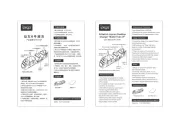
12 Oktober 2025
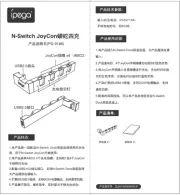
12 Oktober 2025

12 Oktober 2025
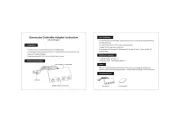
12 Oktober 2025
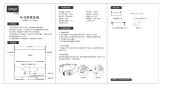
12 Oktober 2025
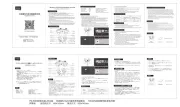
12 Oktober 2025
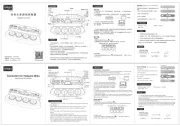
12 Oktober 2025
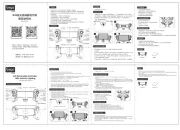
12 Oktober 2025
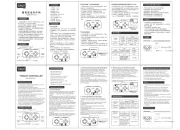
12 Oktober 2025

12 Oktober 2025